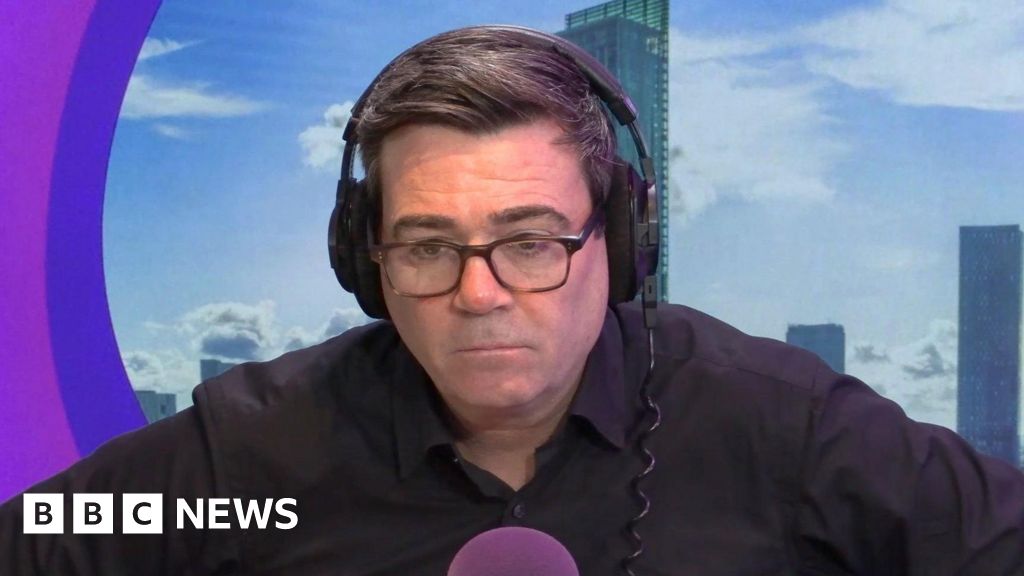Claims that more than £100m was wasted on a now-scrapped Greater Manchester clean air zone have been rejected by the region’s mayor.
Andy Burnham said some of the funding, provided by the government, had been used to clean up the region’s air by investing in electric buses and vehicle upgrades.
It follows a report that revealed £104m had been spent on the scheme to charge drivers of polluting vehicles up to £60 a day, until it was ditched in 2022 after public outcry in favour of an investment-led plan to improve air quality.
The mayor told Radio Manchester the cash helped the region “get through a difficult debate to the point that we do not need a charging clean air zone”.
Hundreds of cameras and thousands of signs were erected across the region in anticipation of a charging zone.
Local authorities said they were looking into how they could repurpose the infrastructure.
It comes after the government signed off the mayor’s alternative plan to spend more than £80m continuing to invest in cleaner vehicles as way of meeting legal air pollution targets.
Mr Burnham said much of the £100m had gone towards electrification of buses as part of the roll-out of the Bee Network public transport system.
He said he would “dispute completely” claims the cash had been wasted, adding the funding had helped support important infrastructure upgrades.
The network of more than 450 cameras fitted with automatic number plate recognition (ANPR) technology had been used by Greater Manchester Police to “solve serious crimes including murder and rapes”, he said.
“That gives Greater Manchester the best ANPR infrastructure in the country,” he said.
The mayor confirmed plans to hold a consultation on allowing the force unhindered access to the cameras, as they currently have to apply for access.
He also said the clean air zones signs, of which more than 1,300 were put up, could be repurposed for use by local councils and to advertise park and ride services.

